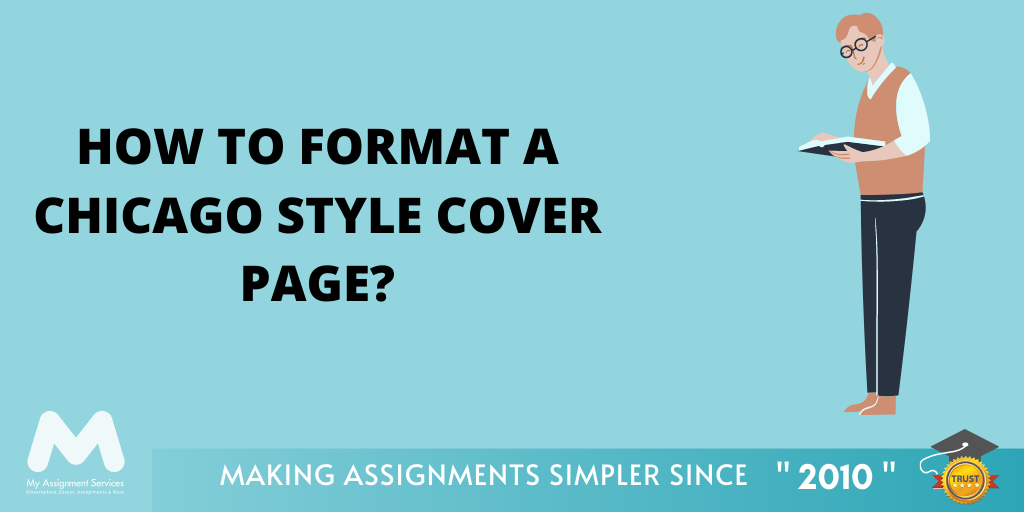
The Chicago style of citing the reference book is also known as Author-Date Style. Chicago Style Cover Page is a reference to citation style for scientific, technical, and medical (STM) literature in social sciences.
The following example shows how it looks like:
Author's Last Name, First initial(s). "Article Title." Publication Title volume.issue number:(pages): Date of publication
Links are included above the line, whereas notes are below the line. The format has evolved with time, now even mentioning year-wise details. It has become more complex but at the same time more valuable to researchers worldwide.
Cover pages may seem like an unnecessary extra step, but they can make a big difference in how your work is perceived. A well-formatted cover page can give your reader a good first impression and make it easier for them to find the information they need. If you're using Chicago style, there are a few specific things to keep in mind when formatting your cover page. This article will provide detailed explanation of a Chicago-style cover page and outline the rules you need to follow.
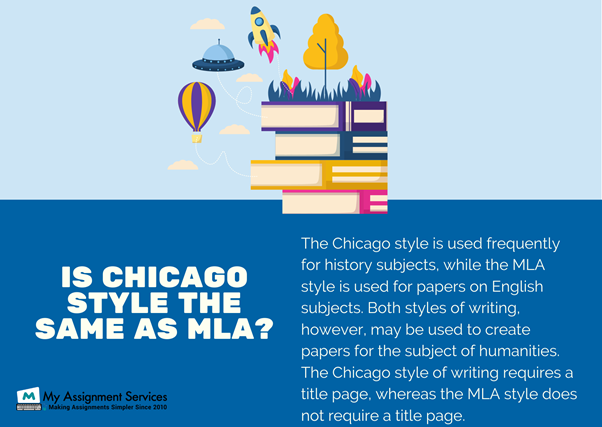
Chicago Style Cover Page and Outline of the Rules
First, let's take a look at the layout of a Chicago style cover page. There are four main sections: the title block, the author block, the abstract block, and the table of contents block.
The title block
At the top of the page, you'll place your paper's title. This should be centered in a large font, with any subtitle or tagline written below it in a slightly smaller font. The entire thing is set in italics except for any proper nouns that are not normally italicized. If there is more than one author on the paper, list all of them underneath the title and subtitle in reverse order (whereas on the rest of the paper, they will go in order of authorship).
The author block
In this section, list your personal information: affiliation, mailing address, telephone number, fax number if applicable, email address. It should be set out as follows: Last name, First initial. (Year). Title of paper. Name of the conference, Location: Publisher. If you don't have any affiliation or mailing address, simply write "Present Address" and update it as needed.
The abstract block
This is where your paper's abstract goes (also called an outline)—double-space and center the text with a line break before and after the text. The outline should be no longer than one page in length, and if there is more information to be included, you'll need to create a separate section for that at the end of your cover sheet. For now, just include the main points from your abstract as bullet points in chronological order. Each point should be capitalized and double spaced with bullets before and after.
The table of contents block
This section should list the headings and page numbers of your paper's main sections. Start with the introduction and go through each chapter, then the conclusion. You don't need to include the page number for the title page or any of the other front matter (preface, table of contents, acknowledgments, etc.). The heading should be written in capital letters and bolded, with a line break before and after. Underneath it, write out the corresponding page number in Arabic numerals.
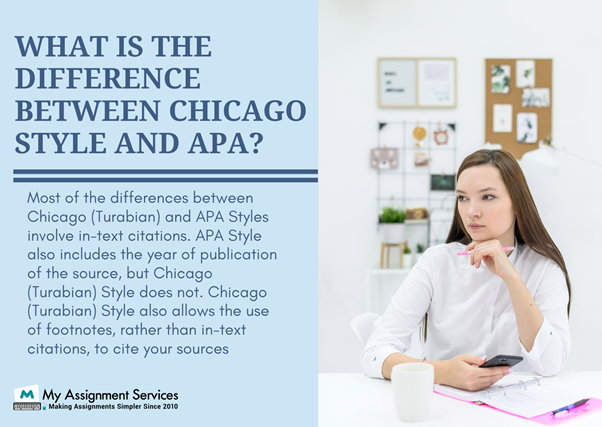
Chicago Cover Page Example
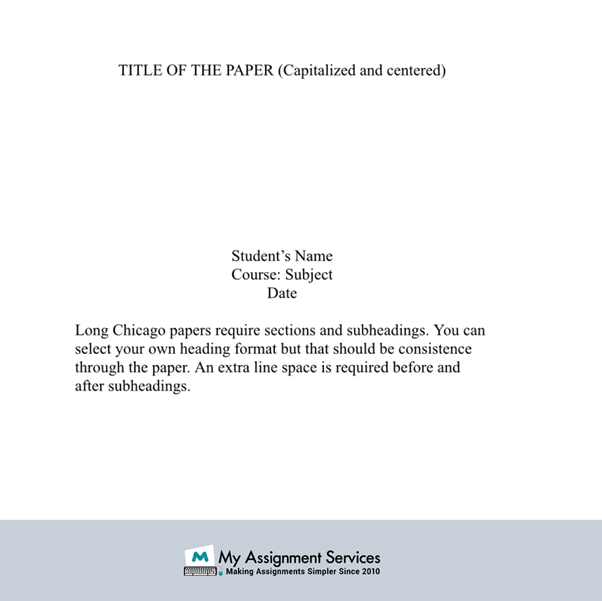
Here’s How to Cite in Chicago Style
John Smith (2012). The effects of climate change on sea-level rise. Midwest Regional Conference on Climate Change, Chicago: University of Illinois Press.
Last name, First initial. (Year). Title of paper. Name of the conference, Location: Publisher.
Smith, J. (2012). The effects of climate change on sea-level rise. Midwest Regional Conference on Climate Change, Chicago: University of Illinois Press.
Smith, J., & Jones, J. (2014). Higher temperatures increase the cost of snow removal—Association for Applied Economics Conference, Washington DC: American Journal of Economics.
Smith, J., & Smithson, S. (2016) Global warming and the extinction of Arctic species. International Conference on Climate Change, New York: Oxford University Press.
Smith, J., & Peterson, S. (2017). The economic costs of climate change around the world in 2075 using GDP per capita as a measure for all countries. Midwest Regional Economic Theory Conference 2017, East Lansing: Michigan State University Press.
Last name, First initial.; Jones, J.; Smithson, S.; Peterson, S.; & Smartphone User with Email Address. (Date). Title of paper. Name of the conference, Location: Publisher.
John Smith; Joseph Jones; Sarah Smithson; Sandra Peterson; Smartphone User with Email Address (Date). Title of paper. Name of the conference, Location: Publisher.
Smith, John, et al. (Date). Title of paper. Name of the conference, Location: Publisher.
Smith, John (2012). The effects of climate change on sea-level rise. Midwest Regional Conference on Climate Change, Chicago: University of Illinois Press.
Smith, John; Jones, Joseph (2014). Higher temperatures increase the cost of snow removal—Association for Applied Economics Conference, Washington DC: American Journal of Economics.
Smith, John; Peterson, Sandra (2017). The economic costs of climate change around the world in 2075 using GDP per capita as a measure for all countries. Midwest Regional Economic Theory Conference 2017, East Lansing: Michigan State University Press.
The effects of climate change on sea-level rise. Midwest Regional Conference on Climate Change, Chicago: University of Illinois Press, 2012.
Higher temperatures increase the cost of snow removal—Association for Applied Economics Conference, Washington DC: American Journal of Economics, 2014.
The economic costs of climate change around the world in 2075 using GDP per capita as a measure for all countries. Midwest Regional Economic Theory Conference 2017, East Lansing: Michigan State University Press, 2017.Smith, John; Jones, Joseph; Smithson Sarah; Peterson Sandra; Smartphone User with Email Address. (Date). Title of paper. Name of the conference, Location: Publisher.
Smith, John et al. (Date). Title of paper. Name of the conference, Location: Publisher.
Get In Touch With Us For Expert Guidance!
If you're using a professional or academic template, your cover page will likely already be formatted correctly. However, if you're creating your own cover sheet, make sure to follow the guidelines listed above. With a little bit of practice, you'll be able to create a perfect Chicago style cover sheet in no time!
The Chicago style page cover is used for formatting research papers and other documents. This guide covers basic Chicago style conventions for MLA format, APA format, and some general guidelines on punctuation and capitalization. Despite its simplicity, this style has many intricacies. Make sure to follow these rules carefully, so you don't accidentally violate any of them! We are always ready to provide you with support and expert assistance to create a Chicago Style Cover Page. Fill the form now and get in touch with the top-notch educators of My Assignment Services!
Related Study Materials
Our Experts can answer your Assignment questions instantly.
Ask Question0 Comment
Get It Done! Today
1,212,718Orders
4.9/5Rating
5,063Experts





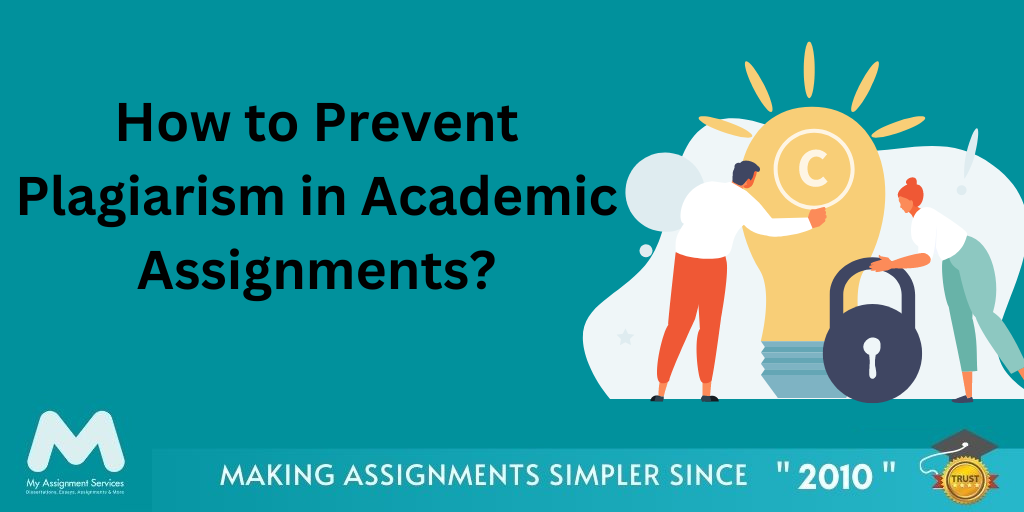

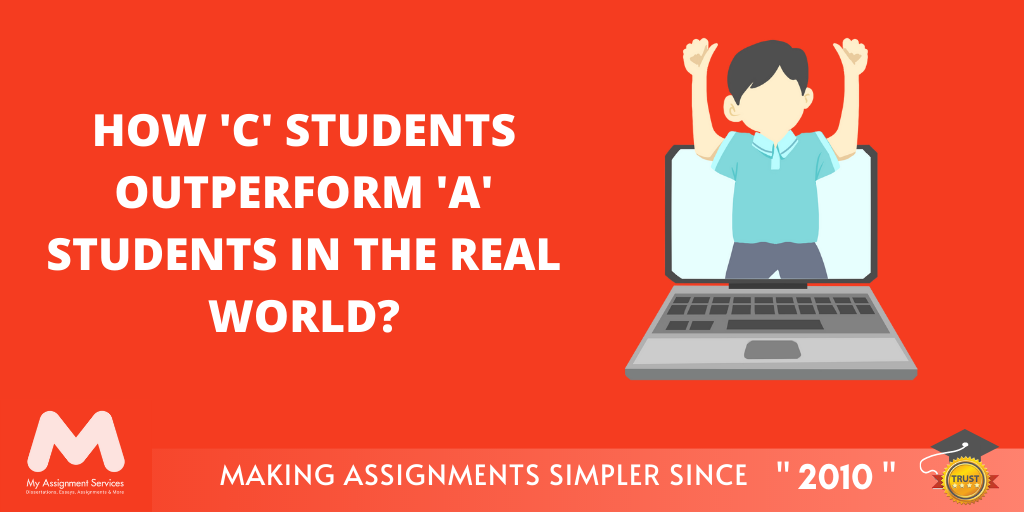





Loved reading this Blog? Share your valuable thoughts in the comment section.
Add comment